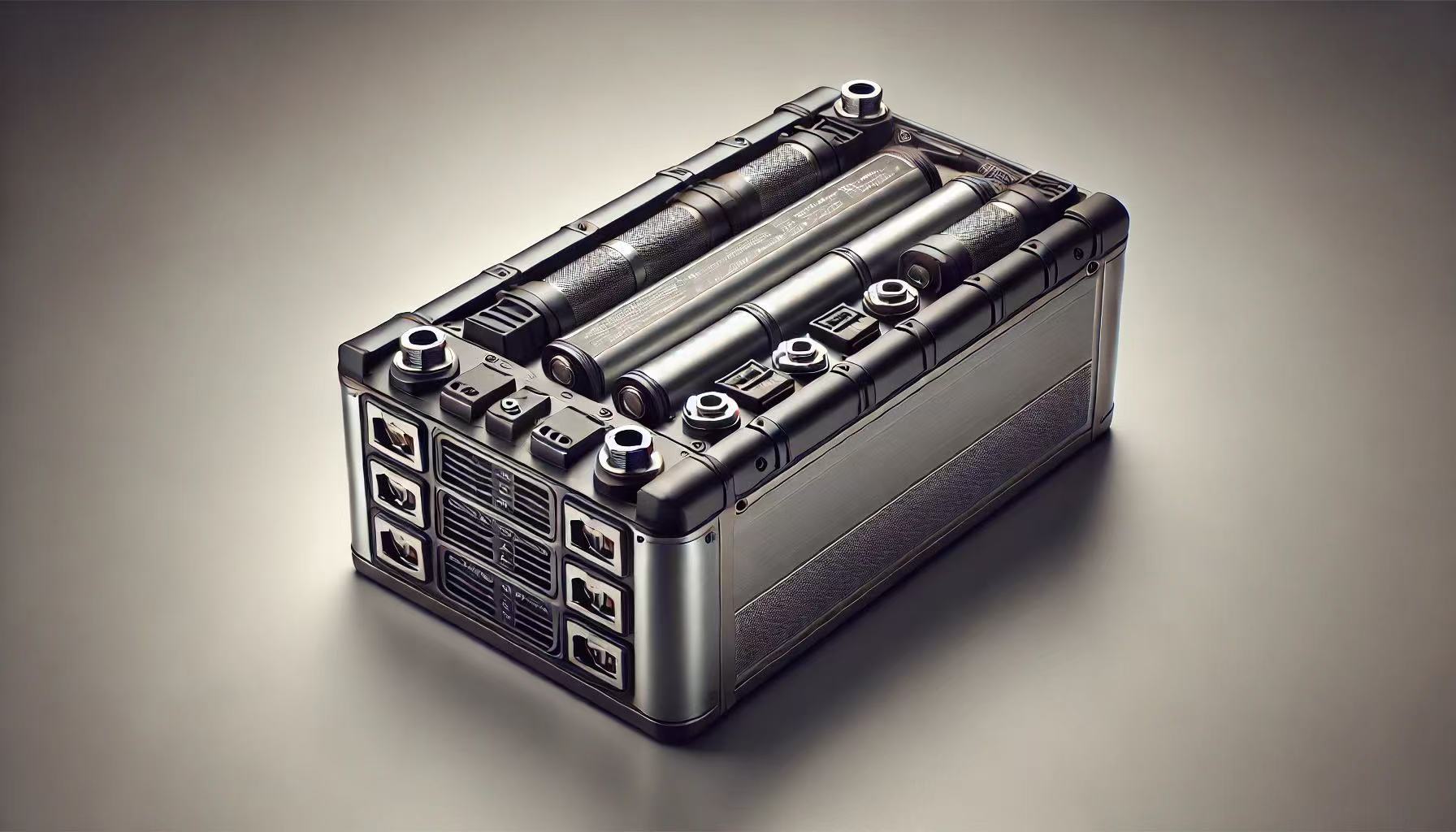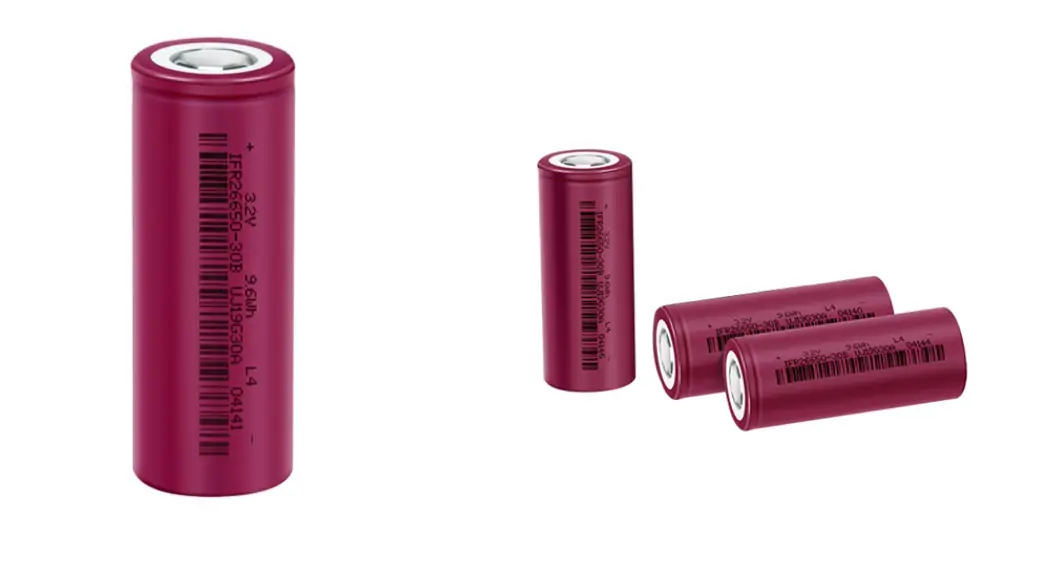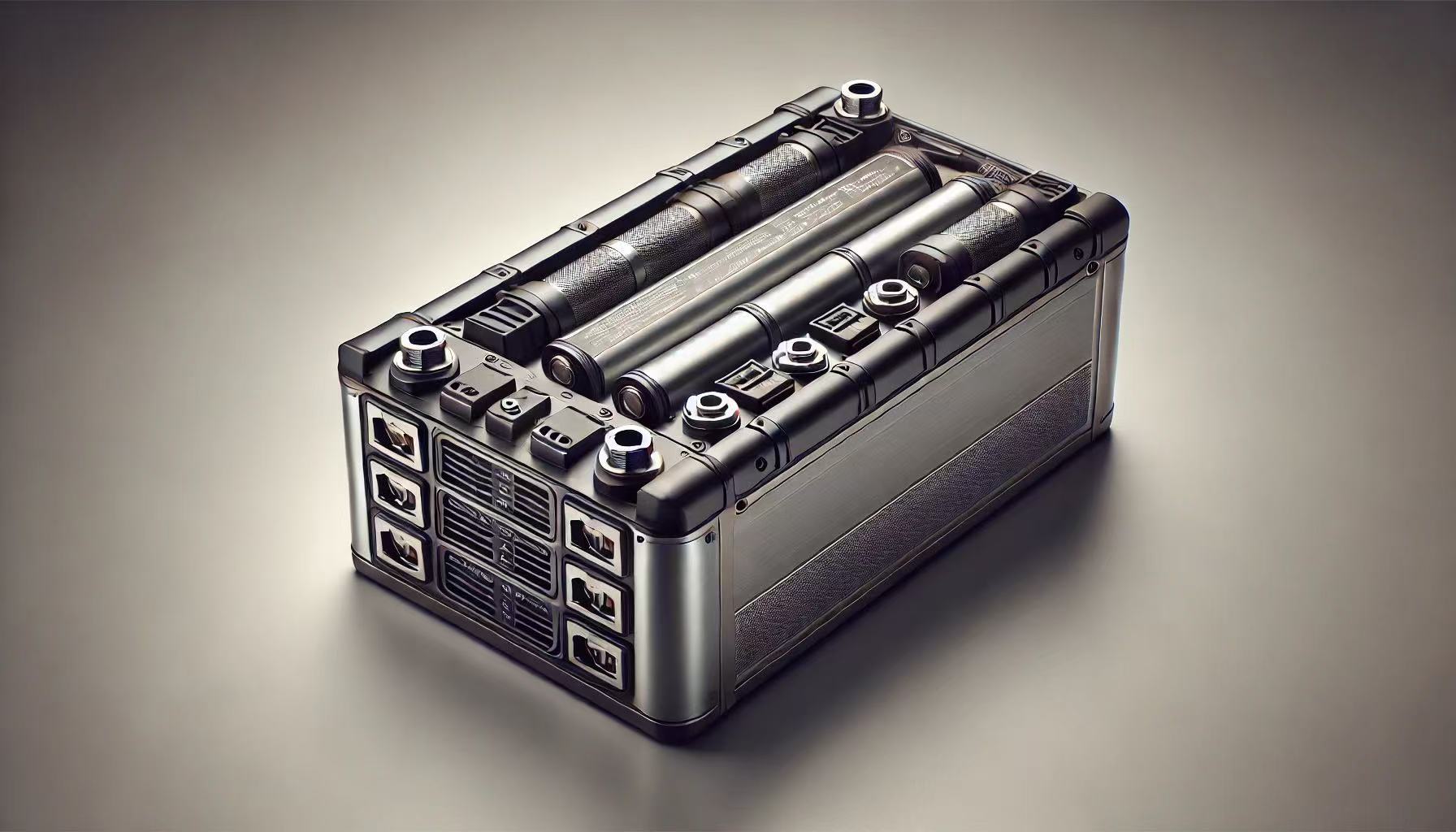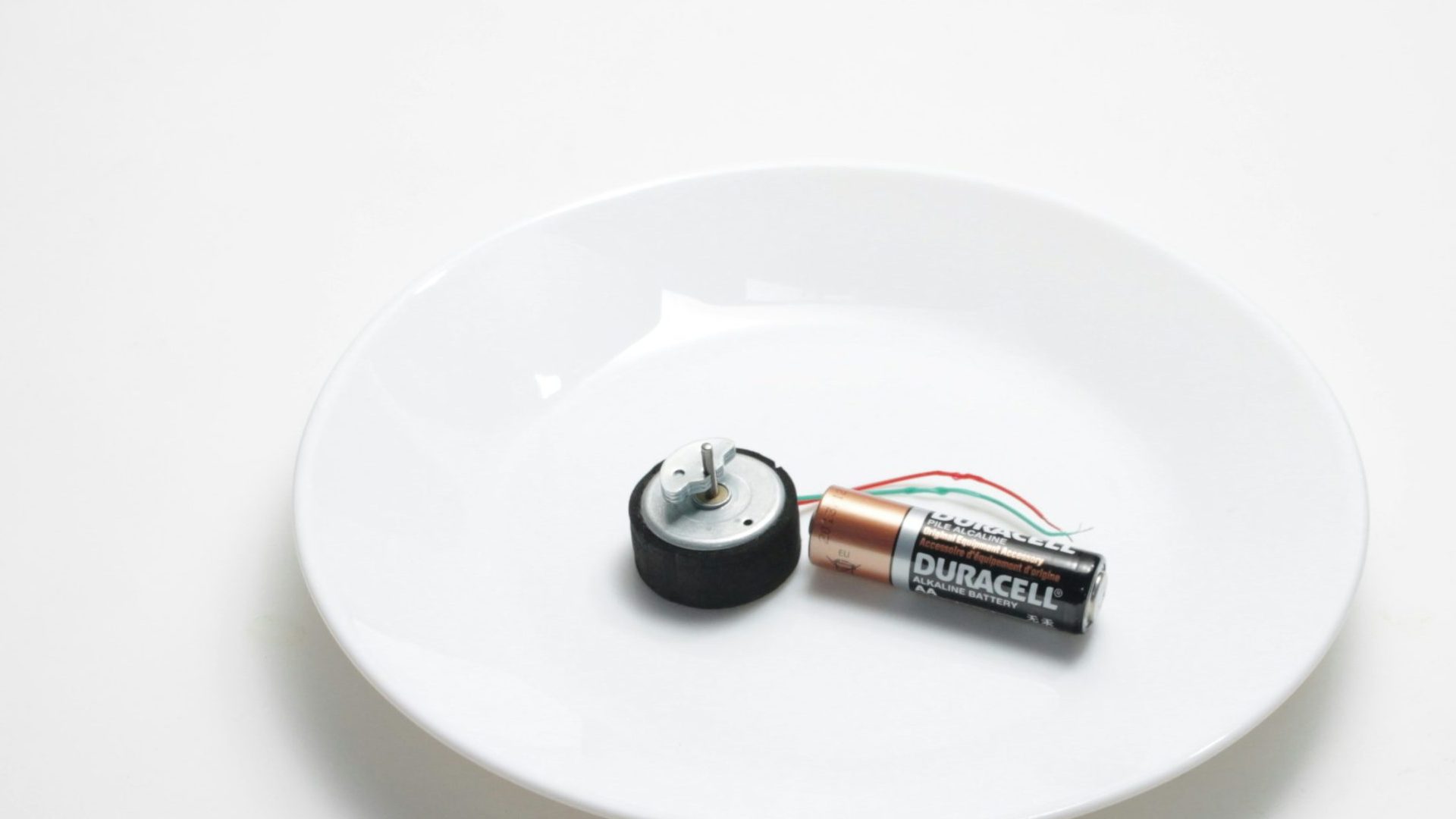
Your Content Goes Here
Batteries are an essential component of modern life, powering everything from smartphones to electric vehicles (EVs) to power tools. Among the many types of batteries available, the 26650 battery has emerged as a powerful choice for high-drain devices. This comprehensive guide will cover everything you need to know about the 26650 battery, including its features, applications, advantages, disadvantages, and tips for choosing and maintaining one.
What is a 26650 Battery?
The 26650 battery is a lithium-ion rechargeable battery, recognized for its high capacity and ability to handle large currents. The name “26650” refers to the battery’s physical size — it has a 26mm diameter and 65mm length, making it larger than the widely used 18650 battery. The increase in size allows for greater energy storage, making the 26650 battery ideal for devices that require significant power.
While it is a member of the lithium-ion family, 26650 batteries can vary in chemistry. They can come in types like Lithium Iron Phosphate (LiFePO4) or other lithium-based chemistries, which influence their voltage, capacity, and overall performance.
Key Characteristics:
•Diameter: 26mm
•Length: 65mm
•Nominal Voltage: 3.7V (standard for lithium-ion cells)
•Capacity: Typically ranges from 4000mAh to 6000mAh
•Weight: Heavier than smaller batteries due to increased energy storage
The Importance of 26650 Batteries in Modern Devices
The 26650 battery has seen growing popularity across various industries due to its impressive power-to-size ratio. Thanks to its ability to deliver high capacity and longer runtimes, it has become the go-to choice for many devices that require sustained power output. Below are the most common uses of 26650 batteries:
1. Electric Vehicles (EVs) and E-Bikes
In the world of electric vehicles, the demand for batteries that offer both longevity and high energy density has led many manufacturers to turn to 26650 batteries. Their high capacity allows electric cars, e-bikes, and scooters to cover longer distances without needing frequent recharges. In particular, e-bike enthusiasts appreciate the extended run-time and performance reliability that 26650 batteries offer.
Not only does the battery provide a longer range, but its ability to handle higher discharge currents makes it well-suited to powering the high-torque motors found in many EVs.
2. High-Power Flashlights
One of the key applications of 26650 batteries is in high-power flashlights. These flashlights, often used by outdoor enthusiasts, emergency responders, or in industrial settings, require a large power source to generate a high lumen output while maintaining long-lasting operation. The 26650’s high capacity means it can supply the energy needed to power LEDs for long durations, making it perfect for flashlights used in extreme environments or for extended outdoor use.
3. Power Tools
Another area where 26650 batteries are essential is in power tools. High-drain devices such as drills, saws, and impact drivers demand large amounts of energy for sustained performance. 26650 batteries provide the necessary power, and due to their size, they can handle higher power output for extended periods compared to smaller cells like 18650s. This makes them indispensable in the construction industry and for DIY enthusiasts who use high-power equipment.
4. Solar Energy Storage Systems
In solar energy systems, 26650 batteries are used to store energy produced by solar panels. The large capacity of these batteries ensures that there is enough energy available for use even when the sun isn’t shining. Their reliable and consistent performance in off-grid solar systems helps reduce the reliance on external energy sources, making them an essential part of many renewable energy solutions.
5. Uninterruptible Power Supplies (UPS)
Uninterruptible Power Supplies (UPS) systems rely on batteries to ensure that sensitive equipment, such as computers or medical devices, remain powered during electrical outages. The high-capacity 26650 battery is frequently used in these systems because it provides enough power to keep devices running for longer periods while maintaining the necessary voltage output.
Advantages of 26650 Batteries
The 26650 battery offers several advantages that make it ideal for high-drain and long-duration applications. Let’s take a look at some of the key benefits:
1. High Capacity for Extended Run Times
The larger size of the 26650 battery allows for a much higher energy capacity compared to smaller cells like the 18650, typically offering between 4000mAh and 6000mAh of power. This translates to extended run times for devices that rely on consistent power. Whether you’re using a flashlight for an extended period or an e-bike for a longer commute, the 26650 battery ensures that your devices stay powered for longer.
2. Superior Discharge Rates
One of the standout features of the 26650 battery is its ability to deliver high discharge rates. This is critical in devices like power tools and electric vehicles, where large bursts of power are needed to get the job done. With a high C-rating, the 26650 battery can supply high amounts of current without risking damage to the cell or the device it powers.
3. Improved Safety Features
Many 26650 batteries come equipped with built-in protection circuits, including overcharge, over-discharge, and short-circuit protections. These features ensure safe operation, especially in high-power applications where excessive heat and current can cause safety hazards. This added layer of security makes the 26650 battery an excellent choice for devices that operate in harsh or industrial environments.
4. Durability and Longevity
Due to its larger size and design, the 26650 battery is generally more robust than smaller cells, such as 18650 batteries. Its ability to handle higher currents and dissipate heat more effectively increases its overall lifespan. Users can expect better performance and fewer replacements compared to smaller batteries in high-drain applications.
Disadvantages of 26650 Batteries
While 26650 batteries have significant advantages, there are some drawbacks that users should consider:
1. Size and Weight
The larger size and weight of the 26650 battery can be a disadvantage in applications where compactness is key. For example, in portable electronics or lightweight devices, the bulkiness of the 26650 battery may be a dealbreaker. Smaller cells like 18650 batteries would be better suited for those needs.
2. Higher Cost
As with most larger batteries, the 26650 tends to be more expensive than smaller alternatives. The price is typically justified by the increased capacity and performance, but for applications where power requirements are lower, users might find smaller, less expensive batteries more suitable.
3. Availability
While 26650 batteries are gaining popularity, they are not as commonly available as 18650 batteries. Some specific devices may only accept the more common 18650 battery, limiting the use of 26650 in certain products. Additionally, finding replacement batteries can be more difficult in regions where the 26650 format is less widely used.
How to Choose the Right 26650 Battery
When selecting a 26650 battery, it’s important to consider several factors to ensure you’re getting the best performance for your specific needs:
1. Capacity (mAh)
Choose a battery with an appropriate capacity for your application. A higher capacity will provide longer runtime, but it may also increase the size and weight of the battery.
2. Discharge Rate (C Rating)
Consider the discharge rate if you’re using the battery in high-drain applications. For instance, power tools or electric vehicles require a higher discharge rate (e.g., 20A or 30A) to handle sudden power bursts.
3. Quality and Brand Reputation
Stick to reputable brands with a proven track record of producing high-quality, reliable batteries. Brands like Samsung, Sony, and Panasonic are known for producing safe, durable lithium-ion cells.
4. Safety Features
Look for batteries with built-in protection circuits to safeguard against overcharging, over-discharge, and short-circuiting, especially for high-demand devices.
How to Maintain and Care for 26650 Batteries
To maximize the lifespan and performance of your 26650 battery, follow these maintenance tips:
1. Avoid Extreme Temperatures
High and low temperatures can degrade the battery’s performance and lifespan. Always store and use your battery within the recommended temperature range.
2. Avoid Overcharging and Over-Discharging
Use a charger designed specifically for 26650 batteries and avoid leaving your battery in the charger for too long. Overcharging and deep discharging can shorten its lifespan.
3. Regularly Inspect Your Batteries
Check your batteries regularly for signs of damage, such as swelling or leaks. If you notice any issues, replace the battery immediately.
The 26650 battery is a versatile and high-performance power source used in a wide range of applications, from electric vehicles to power tools and solar systems. Its high capacity, ability to handle large currents, and long lifespan make it ideal for energy-hungry devices. However, its larger size, weight, and higher cost may make it less suitable for smaller, portable electronics. By understanding the advantages and limitations of 26650 batteries and taking proper care of them, you can ensure that your devices stay powered reliably and efficiently for years to come.



